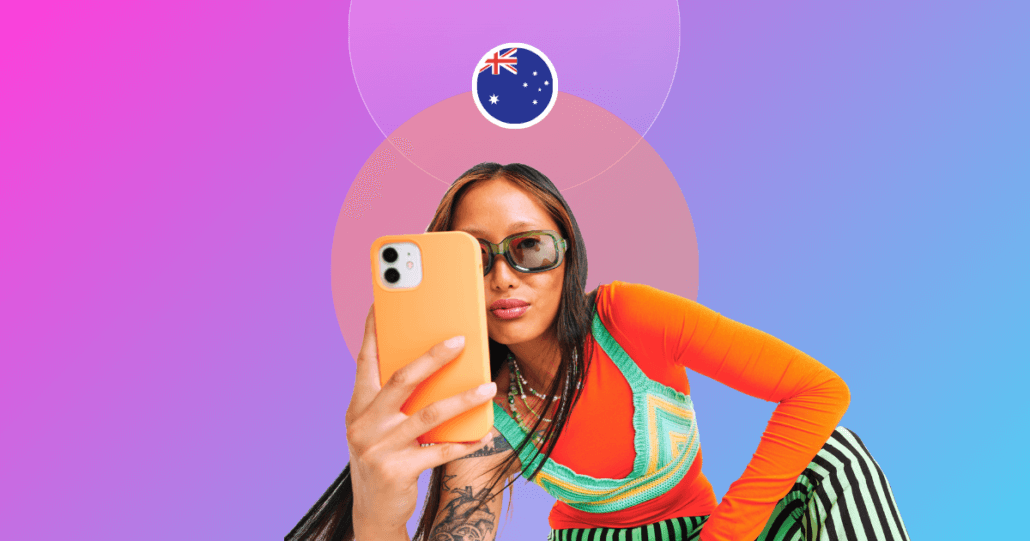June 23, 2016
It’s been a few weeks now since Mary Meeker’s yearly Internet Trends Report landed in social feeds and inboxes everywhere, and much of the post-game dust has settled. Commentary has focused on the growth of ad blockers, the dominance of Facebook and Google in the advertising landscape, and the slowing growth in internet users, mobile adoption, and several other somewhat gloomy macroeconomic indicators portending a bit of gloom for the tech economy.
All this handwringing aside, Meeker’s trademark tone of cautious optimism shines through in the report, and there’s a treasure trove of insights to be had for anyone interested in digital marketing. Gems like the huge opportunity for internet and mobile advertising to steal well-deserved shares of print and traditional broadcast, how cars are becoming another key interface to our connected lives, and a look at new technologies (voice interfaces, beacons, etc.) changing the consumer journey.
We found three themes consumer marketers had better not miss – and offer our suggestions for how to leverage consumer-generated content in response.
Visual content is exploding and influencing the consumer journey in new and exciting ways. The “language” of the internet has changed, with 3.2 million daily photos shared on Facebook, WhatsApp, FB Messenger, Instagram, and Snapchat alone, and many more on the rest of the web. Daily video views are also nearly double what they were just a few quarters ago on Snapchat and Facebook. We’ve seen similar trends in our own network of shoppers, brands, and retailers, where the number of photos submitted increased 4.6x from 2014-2015.
Platforms like OfferUp and Houzz have seen rapid growth in users and revenue. The highly-visual experience on these platforms propels consumers through the funnel more quickly. On Houzz, users of tools that put products into a sketch or photo of the users’ own environment convert at a rate that’s 5x that of users who did not use those tools. Meeker also notes that Pinterest is emerging as a commerce powerhouse, with more than half of its users using the platform for discovery, evaluation, and purchase.
It’s unlikely that this trend is taking anyone by surprise – after all, we’re inherently visual creatures, and we know that visual experiences engage us differently than other forms of information. The best marketers know that visual consumer-generated content (CGC) is becoming an important component of word-of-mouth marketing – both in the context of ratings and reviews, as well as across social channels. Collect as much visual content as you can, and surface it across the shopper experience, online and offline.
Best-in-class brands deliver great omnichannel customer experiences – and have the growth to show for it. While the online experience is becoming ever more visual and authentic, the in-store experience is becoming ever-more connected. Meeker cites Warby Parker, who very quickly transitioned from a pure-play online brand to one of the highest-grossing retailers on a $/square foot basis – outstripping Tiffany & Co. in 2015. And inversely, Neiman Marcus is delivering an online experience that now comprises 25% of its total sales – far outpacing the 10% of total retail sales accounted for by online.
In other words, there is big opportunity for brands and retailers who nail the next-generation omnichannel experience. We’ve noted before that numerous new technologies are accelerating this trend. Beacons, mobile coupons, display technologies, digital fitting rooms, customer recognition, and mobile point-of-sale – these are all just the beginning. The growing role of messaging as a core commerce and service platform presents interesting potential as well – a frictionless order via WhatsApp drives in-store pickup and order size expands when the shopper enters the store.
The implications for CGC are significant in todays’ omnichannel world. A vibrant CGC program reaches well beyond the digital walls of your website. Our research tells us just how powerful the ROBO effect can be – for every $1 of online sales influenced by CGC, reviews influence up to 6x that much in in-store sales. You can make CGC work even harder for you by bringing snippets from review content and visuals from social channels across the marketing mix, through advertising and in-store experiences.
Data is currency. Hyper-targeted, ultra-relevant, and personalized consumer experiences are emerging as the norm – and internet-enabled retailers and brands have leveraged data to accelerate growth compared with legacy players. Their smart use of data for more resonant experiences is resetting expectations across the journey.
In today’s world of ad blockers, engaging consumers requires an unprecedented degree of relevance to break through the noise – the right message, to the right person, at the right time. Meeker cites successes from Combatant Gentleman and Stance in hyper-targeted advertising driving significant increases in ROAS (Return on Ad Spend), but there are many more.
Data enables retailers to offer better-tuned products as well. On the merchandising side, Stitch Fix uses both individual and aggregate consumer feedback to power its personal shopper offering, improving the likelihood that a consumer will purchase items in the monthly shipment over the customer lifecycle – making personal shopping even more compelling.
Finally, the power of personalization cannot be understated and will soon be table stakes. Now more than ever, we know the customer and what he or she might want. Across both online and offline channels, data-driven recommendations will power a more engaging experience for shoppers – and drive results at the bottom line.
Data gives you unprecedented relevance so you can break through the noise and reach the right person at the right time. But authenticity is really the special sauce. Consumers trust the real voices of each other way more than they trust marketing copy. Consumer-generated content helps you unlock the power of authentic conversations and visual content to rise above the fray.





